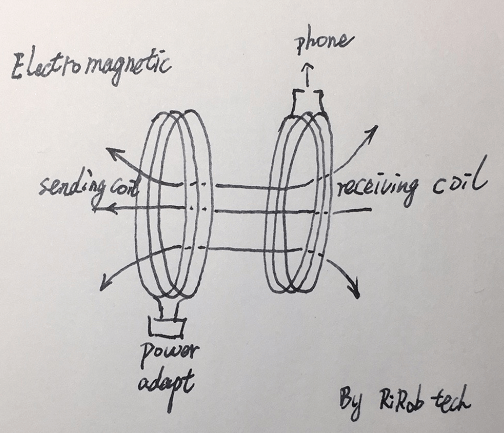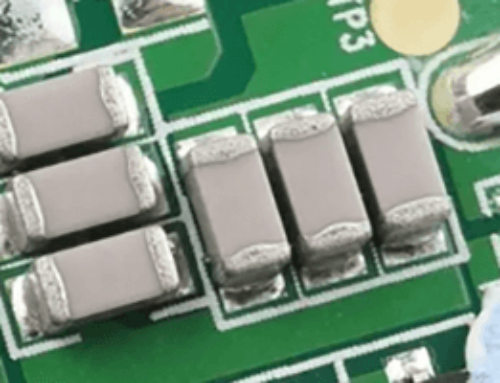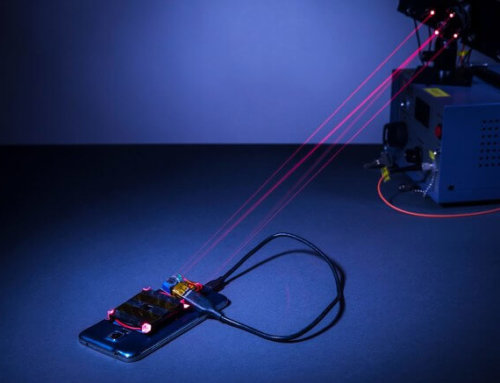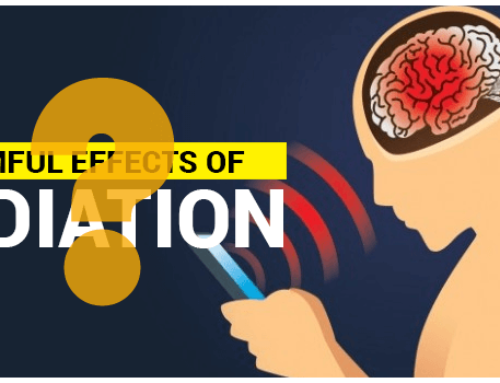There are mainly four methods for wireless charging. They are magnetic resonance, electromagnetic induction, radio wave transmission and electric field coupling etc. Electromagnetic induction is used by most wireless charging of mobile phones.
How electromagnetic induction wireless charging work? When the power current through the coil (transmitting coil) will produce a magnetic field. The receiving coil (not energized coil) near the magnetic field will generate current to charge the phone. As picture shown below.

How electromagnetic induction wireless charging work? When the power current through the coil (sender coil) will produce a magnetic field. The receiving coil (not energized coil) near the magnetic field will generate current to charge the phone. As picture shown below.
Advantages of wireless charging:
Safety: no power contact design. can avoid the risk of electric shock.
Durable: Power transmission components are not exposed, so they will not be in the air of water, oxygen and other erosion; there is no contact, and therefore there will be no connection and separation of mechanical wear and flashover caused by the loss.
Convenient: no need to connect the wires when charging. Get rid of wire winding trouble.
Disadvantage of wireless charging:
Efficiency: There are transformers in general chargers. And the same as the wireless charger. But because of the wireless charger’s structural limitations, the transformers made by sending coils and receiving coils are theoretically slightly lower than the general charger.
Speed: Due to the current cell phones and other receiving equipment and the majority of the input power limit, the charging speed is used to slower. But now Rirob fast wireless charger has solved the problem of speed.
Cost: Wireless charger cost higher. The transmitting coil needs to be driven by electronic circuitry. And the receiving coil needs power conversion device. They both need a coil and require high-frequency filter circuitry to meet electromagnetic compatibility. Hence a higher cost than a direct charger.






